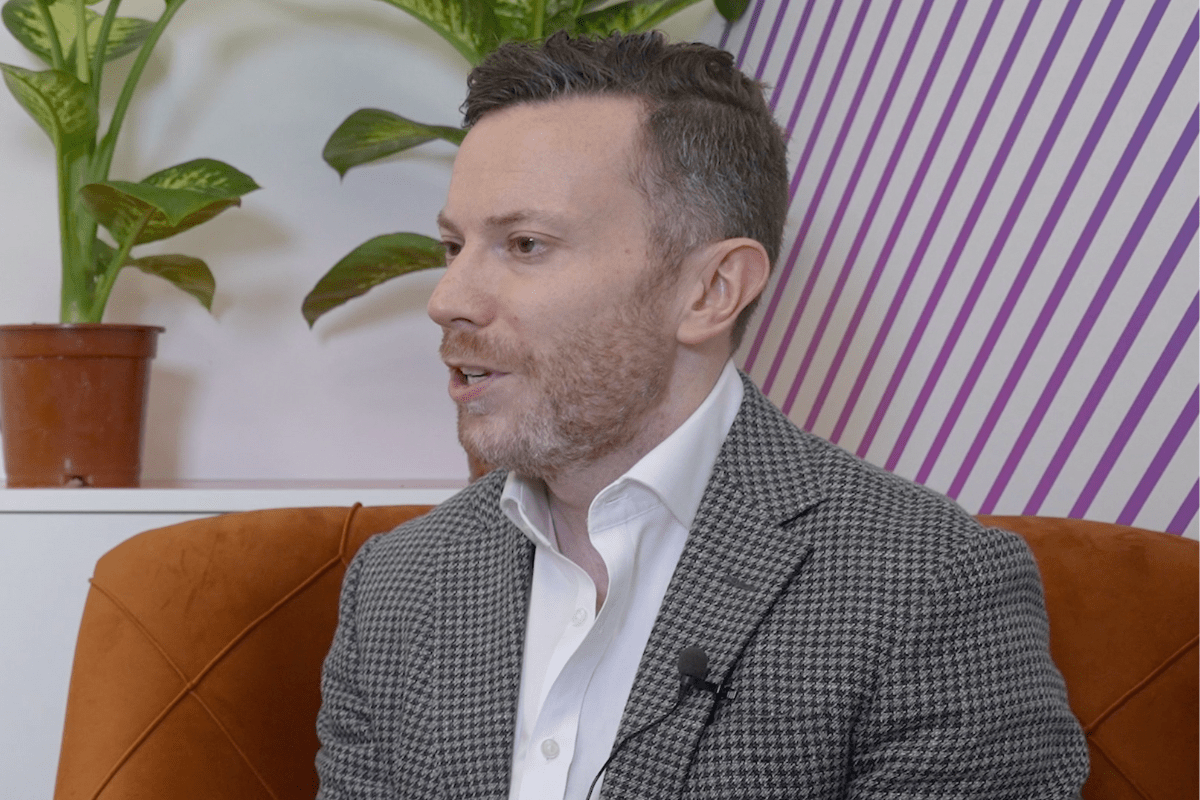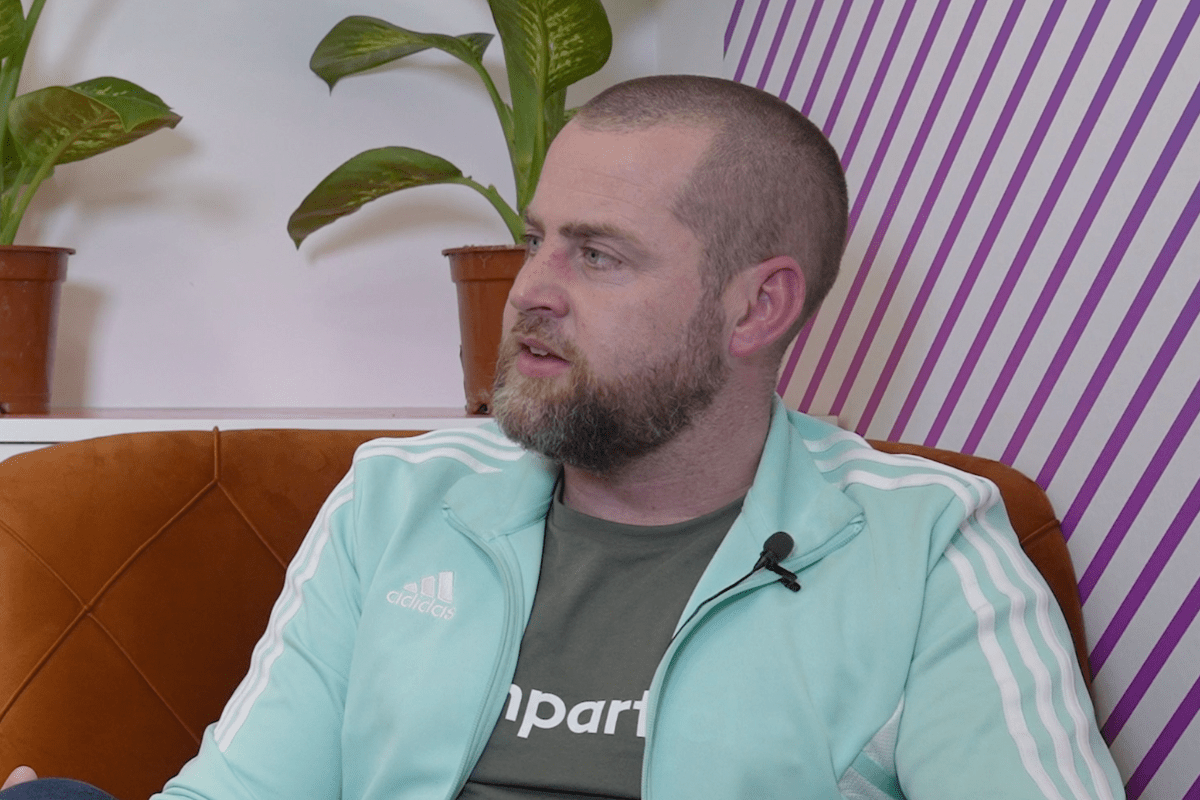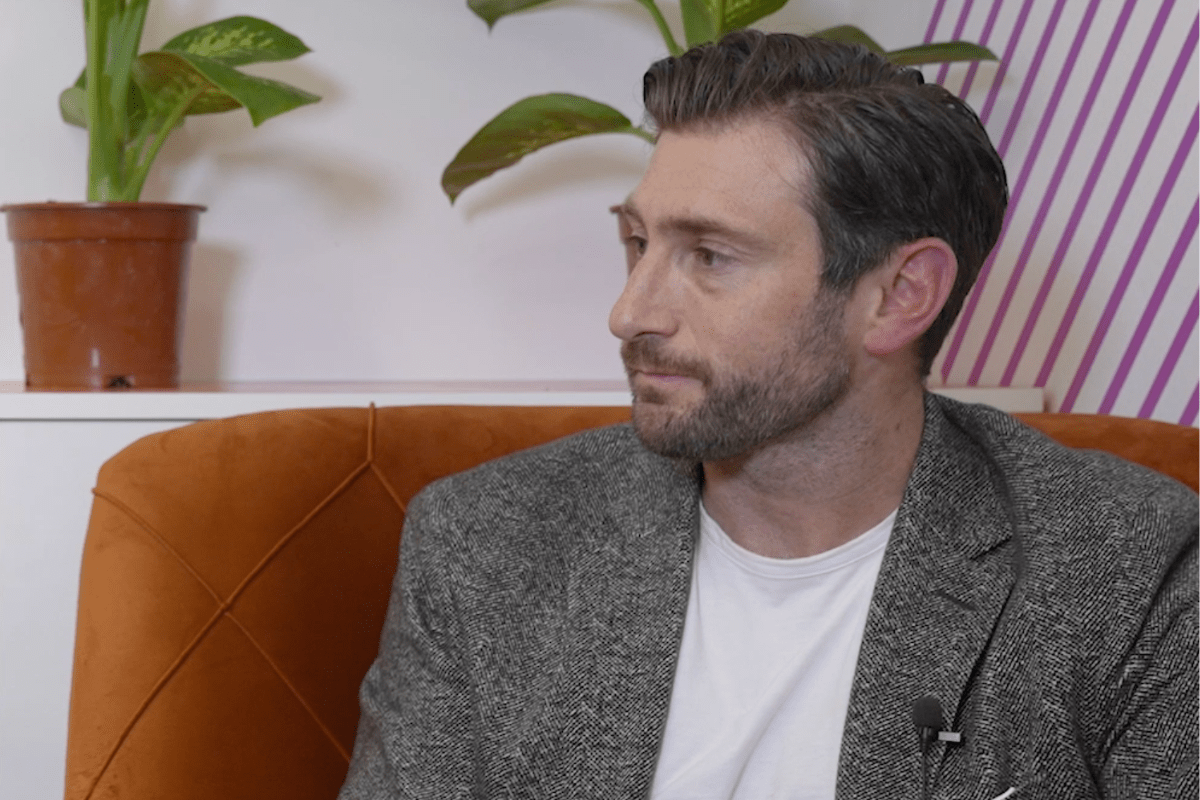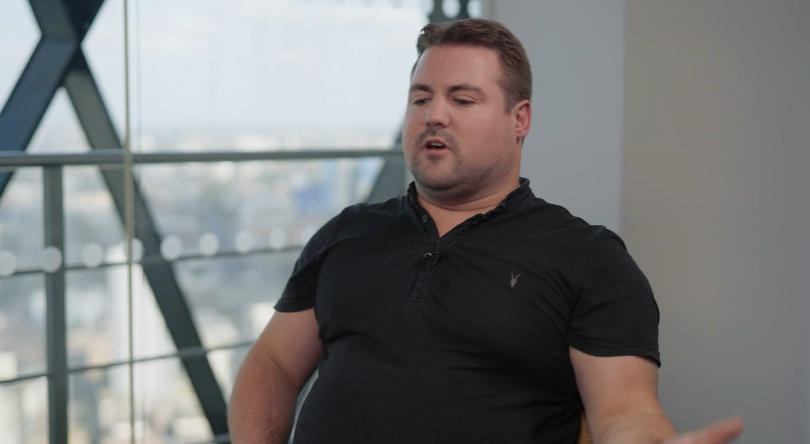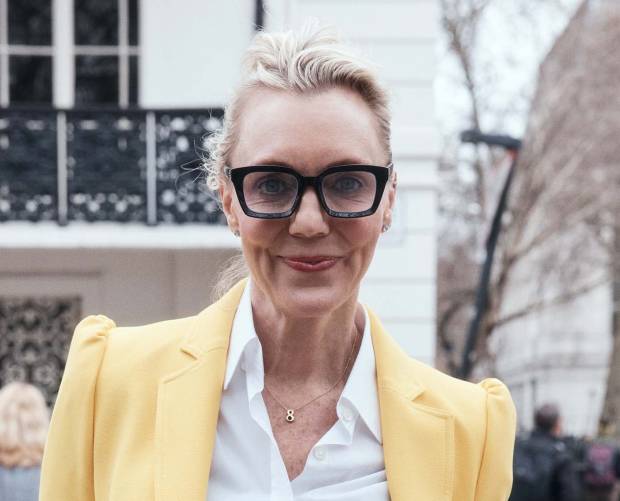“Partners who are transparent will win” – Iotec on header bidding, fraud and more
- Friday, November 24th, 2017
- Share this article:
Later today will be our first ever Programmatic Lunch, where we’ll bring together stakeholders from across the marketing industry, gathering the entire programmatic chain in a single location to discuss the challenges and opportunities that lay ahead. Programmatic has grown from a simple idea to almost an entire industry in its own right, and we believe that through improved targeting, more efficient ad spend and more personalised creative, the whole marketing world can benefit.
Ahead of the Programmatic Lunch, we spoke to Paul Wright, CEO of Iotec, one of our event sponsors, about why transparency needs to be the industry’s focus right now, the power of header bidding, and where stakeholders are failing when it comes to brand safety.
 “I think the whole industry needs to address their approach to brand safety,” said Wright. “The good programmatic companies are using a range of solutions to give brands the protection they need, as simply ‘throwing better algorithms at the problem’ will not suffice. Publisher direct does not always guarantee safety as, for example, blog posts or comments may cause challenges in brand safety.
“I think the whole industry needs to address their approach to brand safety,” said Wright. “The good programmatic companies are using a range of solutions to give brands the protection they need, as simply ‘throwing better algorithms at the problem’ will not suffice. Publisher direct does not always guarantee safety as, for example, blog posts or comments may cause challenges in brand safety.
“Equally, the Silicon Valley giants have had to take brand safety seriously too after The Times investigation and the ongoing stories around fake news. We hope to see some greater progress there. If I was a client or agency I would be rigorous in asking all supplies their approach to brand safety and only dealing with those companies who have TAG or JICWEBS brand safety and anti-fraud accreditations.
“It is probably worth also checking whether the supplier arbitrages media. This practice often creates challenges as the supplier will relinquish control over ad placement in exchange for the cheapest inventory and that can generally be in poor or fraudulent content.”
Maintaining control at scale can be a huge challenge throughout the programmatic chain, but Wright argues that the advances in machine learning and artificial intelligence mean that smart marketers can fight for more efficiency, less fraud and brand safety, even when operating at a massive scale.
“The biggest advances we are already experiencing are in terms of campaign efficiency, with far better optimisation than can be achieved by a human,” said Wright. “With our fixed margin model, this brings equal benefit to advertiser and media owner. We are also applying machine learning to fraud detection and brand safety, again with benefits felt by all across the ecosystem.
“We believe that even in a programmatic world you can carefully curate your media partners. Combining this approach with the application of machine learning, in addition to transparent margins and rigorous auditing, means that we do everything we can to eradicate risk.”
That transparency is key, according to Wright. With all the controversy surrounding advertising and in particular programmatic over the past year, its more important than ever that ad tech suppliers are open and clear about where money is being spent, and how data is being used.
“Lack of transparency has got to be one of the biggest challenges facing the programmatic ecosystem right now,” said Wright. “Transparency of trading margin has been particularly under the spotlight this year, which has eroded trust largely between advertisers and their media suppliers but transparency concerns go beyond margin.
“Our recent mobile transparency research revealed that fraud tops the list of marketers’ transparency concerns at 32.8 per cent, with viewability coming second at 28.7 per cent, followed by targeting with 22 per cent.
“Partners who are transparent with brands across margin, data usage, media placement and optimisation will win. The efficiencies that programmatic can bring to media buying cannot be denied but there are still security fears which need to be addressed to put brands at ease with programmatic buying as a method.”
That relationship with media buyers is more important than ever given the changes that are facing the programmatic market, from GDPR to the rise of header bidding. Wright warned that header bidding in particular could shake up the industry and enable publishers to have a much closer relationship with buyers – good news for them, but potentially worrisome for ad tech vendors who exist in between the two parties.
“Header bidding effectively breaks the second price auction model which has been the basis of programmatic for many years,” said Wright. “We are seeing more and more publishers adopt the first price model, although I am not sure how ready the buy side is for this change. Being transparent non-arbitrageurs of media and using a dynamic CPM, we are adapting quickly.
“In the future, header bidding also potentially creates a situation where DSPs can have a direct connection to media owners and bid alongside, rather than through, exchanges. By reducing layers, you, in theory, should increase efficiency, but in seeing the complexity of an exchange minimised to a script on a publisher’s page, the nature of how a publisher operates will change.
“Private marketplaces are an ongoing development and a good thing as long as clients understand the value they offer. A private marketplace may not offer the scale of a wider open marketplace but it will offer context. That may mean an adjustment is needed with regard to KPIs in order to achieve campaign objectives.”





